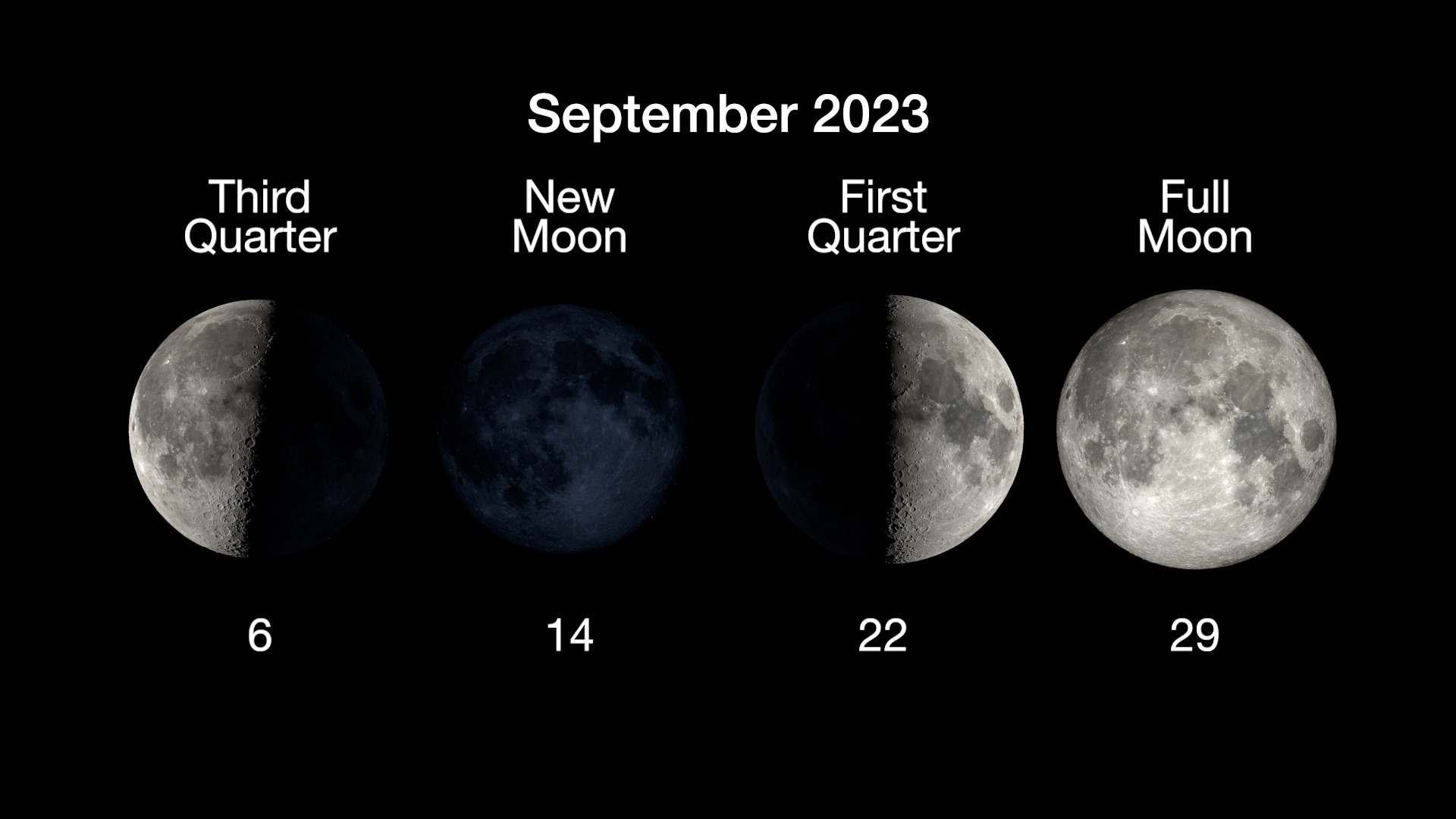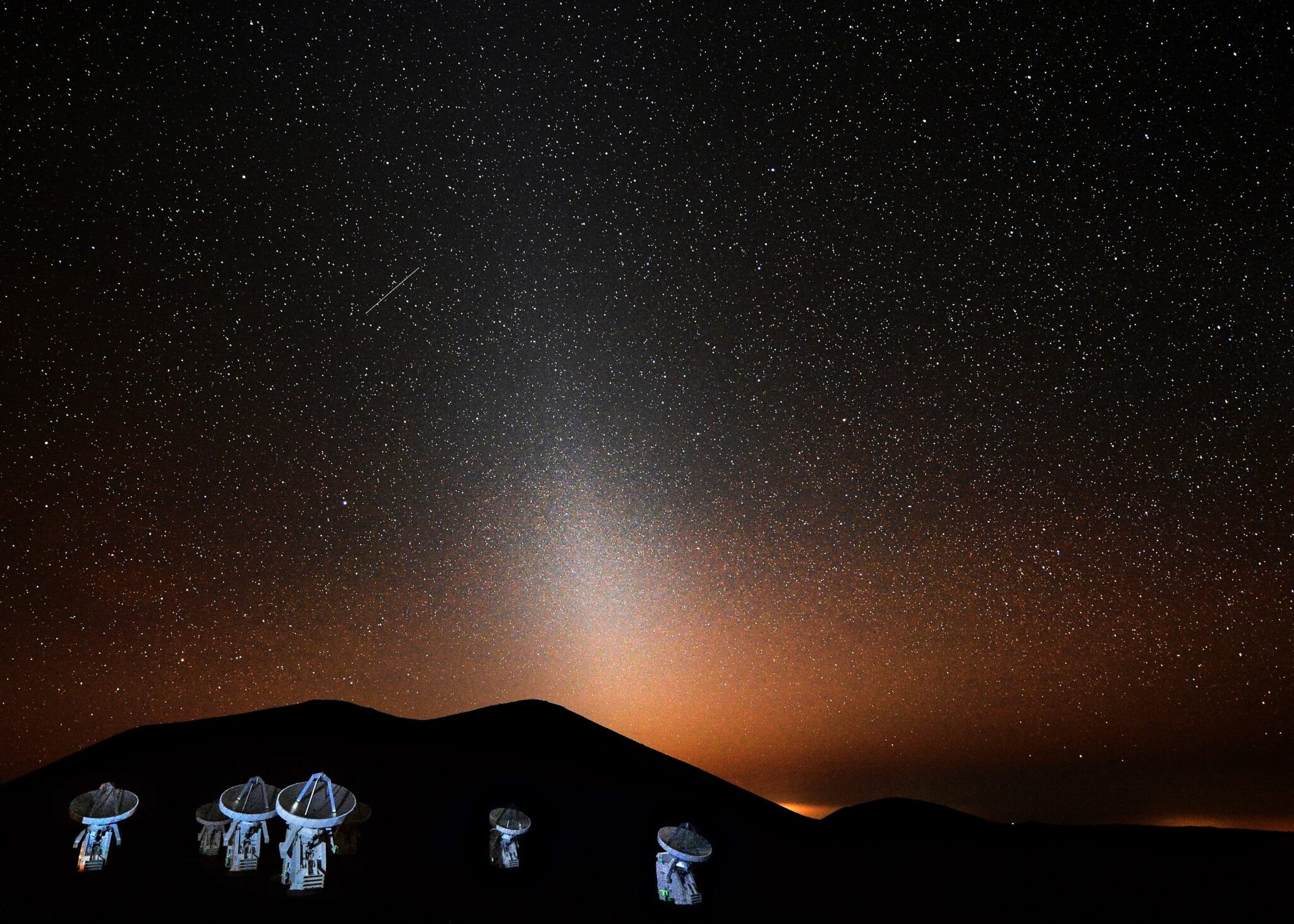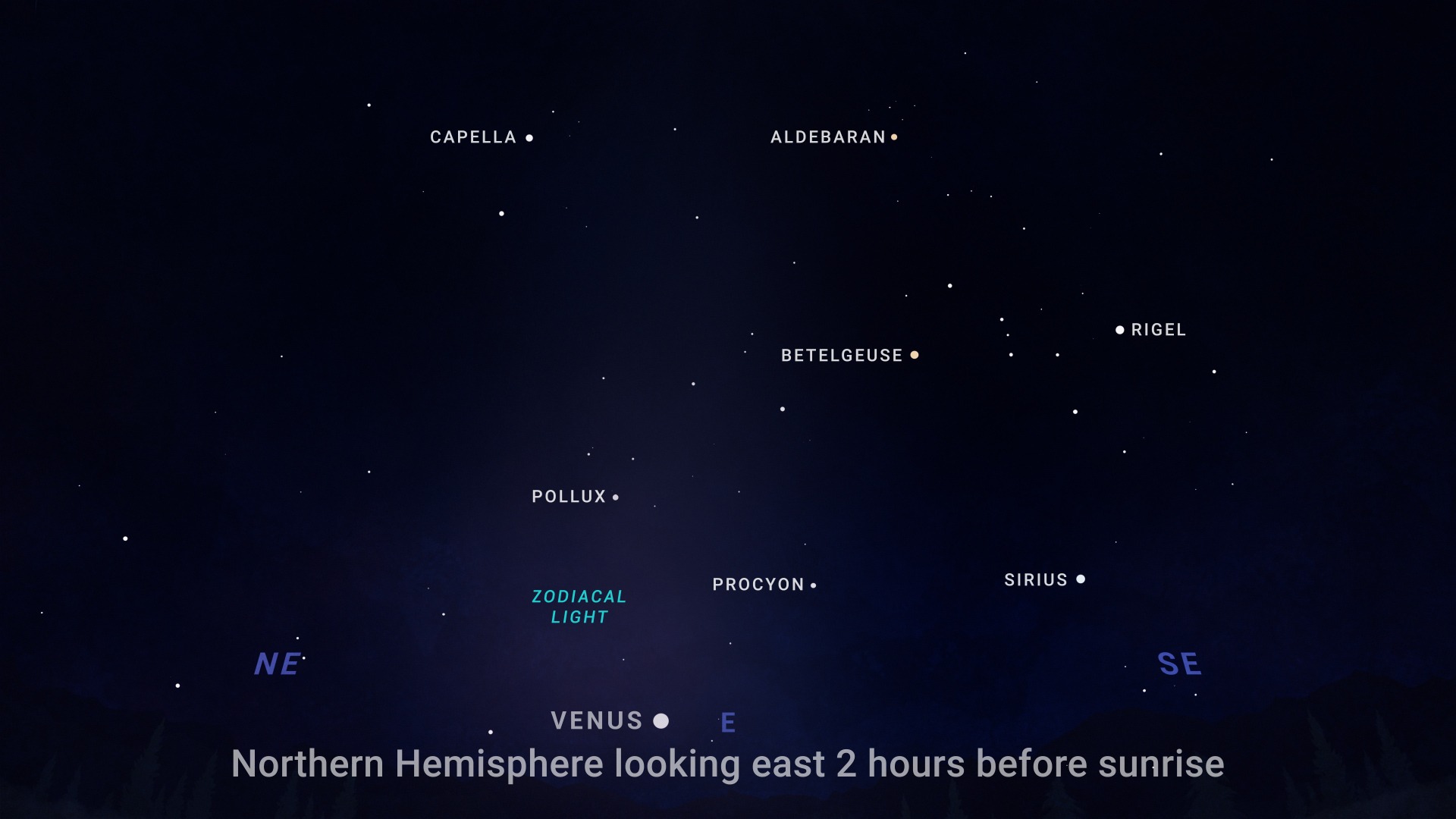NASA has shared its monthly astronomical news again. The agency said that it was worth watching in the sky during September.
Venus has been lighting up our evening sky for most of the year. Now the bright planet is returning to the morning sky. Thanks to its thick clouds that scatter sunlight, Venus becomes a bright phenomenon of our Solar System and will become clearly visible on clear nights.
“This superheated planet, similar to a bright beacon, will be visible in the eastern sky before sunrise throughout September. It will appear fairly high in the sky from the Northern Hemisphere – reaching 30 to 40 degrees above the horizon by month’s end, depending on your latitude,” NASA said in its updated forecast for September.

The other two planets worth observing this month are Saturn and Jupiter. They will be easily noticeable in the evenings. Saturn will shine with a faint light in the southeast after sunset, while Jupiter, brighter, will appear a few hours later. Saturn will go below the horizon before the morning dawn, and Jupiter can be seen before sunrise. To observe planets and other objects in the night sky, it is recommended to use astronomical applications that will help you navigate.
At the end of September, the fourth and last supermoon of the year falls. According to NASA, the full moon of September 29 is also known as the Harvest Moon, as it is the closest full moon to the September equinox.
“The Harvest Moon is named after the September full moon, when many crops in the Northern Hemisphere ripen. The harvest moon provides several days of bright moonlight immediately after sunset, which usually helps farmers harvest before the first frosts,” NASA explains.

The Space Agency also notes that in September it is possible to observe the zodiacal light, which is described as “a triangular or cone-shaped pillar of weak light rising up from the horizon”.
The zodiacal light is caused by the reflection of sunlight from an interplanetary dust cloud that fills the inner part of the Solar System up to the inner edges of the main asteroid belt, advancing beyond Mars.

The best time to observe this phenomenon is cool mornings during the following weeks. Residents of the Northern Hemisphere can observe in the eastern sky for an hour before morning twilight, and residents of the Southern Hemisphere – in the west for an hour after nightfall.
Earlier we reported on the “rare” phenomenon of the Da Vinci glow.
According to NASA
Follow us on Twitter to get the most interesting space news in time
https://twitter.com/ust_magazine

